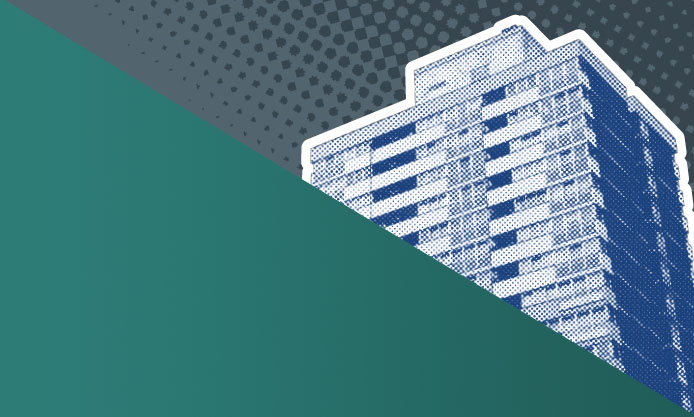What is my role?
The Building Safety Act 2022 (BSA) identifies new roles and responsibilities for people and organisations who are responsible for the safety of occupied high-rise residential buildings in England.
It also introduces new legal duties for some existing roles, for example those involved with designing, building and refurbishing higher-risk buildings.
Summary examples of the different roles and useful links to their new responsibilities are set out below.
Design and building work
Construction professionals have new legal duties when a project involves a higher-risk building.
The Design and construction of higher-risk buildings guidance sets out what clients, principal designers and principal contractors must do to create safer buildings under the BSA.
Clients
- The Client is any person or organisation for whom the building work is done; typically, the Client will be the developer or the building owner. (May or may not be the same organisation or person as the AP)
- Clients include developers, housing associations, local authorities and contractors
- Clients can be both private and public organisations

Contractors
Contractors are an organisation or individual who carries out (and may oversee) the construction of the building. They work alongside the clients.
Their services, tasks and roles can be vast and varied including:
- Integrated development companies
- Site supervisors
- Installers (electrical wiring/fitting)
- Insulators
- Installers (plumbing, heat, air conditioning)
- Engineers (heating/ventilation)
- Plasterers
- Joiners
- Flooring contractors
- Floor and wall tiling specialists
- Floor and wall coverers
- Suspended ceiling specialists
- Painters
- Glazers

Developers
- Professionals providing specialist design services to architects and contractors, including architectural technologists, building surveyors and electrical engineers
- Have a high level of knowledge but are dependent to a large degree on the client
- Tend to work in multi-disciplinary practices but may also work as consultants in small companies

Designers and architects
- Principal Designers are organisations or individuals appointed by the Client to manage and oversee the development of a building’s design. Depending on the project and organisations involved, they may also have an active role in overseeing construction
- Designers of residential buildings for public and private sector clients – can either be a one person organisation or a large company
- Can be managers in oversight positions, architects on the ‘front line’ or heads of technical teams

Building Control profession
Individuals or organisations who carry out building control approval work in England and Wales must be registered with BSR.
Find out the classes of building inspectors, the competencies needed and how to register as a building inspector in England and Wales
All private sector businesses that want to do building control work in England and Wales must also apply to register with BSR.
Find out how to register a business as a building control approver and the assessment criteria involved.
Registered Building Inspectors
Building Control professionals must be registered with BSR to carry out BSR-regulated activities such as assessing plans and inspecting.
This applies to all buildings from domestic premises to complex, high-risk, multi-use structures.
There are registers of building inspectors for England and for Wales. Inspectors will be on the registers for the countries they work in.
The registers will include the inspector’s name, employer, and details of BSR-regulated activities they are registered to do.
Registered Building Approvers
A Registered Building Control Approver (RBCA) can be a standalone business, part of a wider corporate group, or a sole trader or partnership.
Businesses that carry out building control work must have registered by 6 April 2024 to operate as an RBCA.
Businesses who are not registered will not be able to carry out new building control work after this date.

In-occupation
Find out what is required of those legally responsible for managing the safety of high-rise residential buildings:
Managing high-rise residential buildings – GOV.UK (www.gov.uk)
Read more and watch our short video on the role of accountable persons.
You can also visit our ‘Did you Know?’ page to get help with registering high-rise residential buildings.
Accountable and principal accountable persons
- Accountable persons are the organisation or person who owns or are accountable for the building
- Accountable persons are legally responsible for repairing or maintaining common parts of a building, for example, the exterior and structure, corridors or lobbies
- If a building has more than one accountable person, the accountable person who owns the building, or is legally responsible for the structure and exterior of the building will be the principal accountable person
- It is the principal accountable person who will be required to register high-rise buildings

Train with the Building Safety Regulator
In addition to BSR’s online resources, HSE has an in-person or online training course for ‘Introduction to the role of Accountable Persons and Principal Accountable Persons’.
This course explains the main roles and responsibilities of the Accountable Persons and Principal Accountable Persons and looks at individual and organisational capabilities. It also covers the interaction between the management of building safety and the golden thread of information.
Visit our training and services website for more information and to book your training course.
A to Z of building safety
To find out more about any terms or organisations used on this page, refer to our A to Z of building safety glossary.
